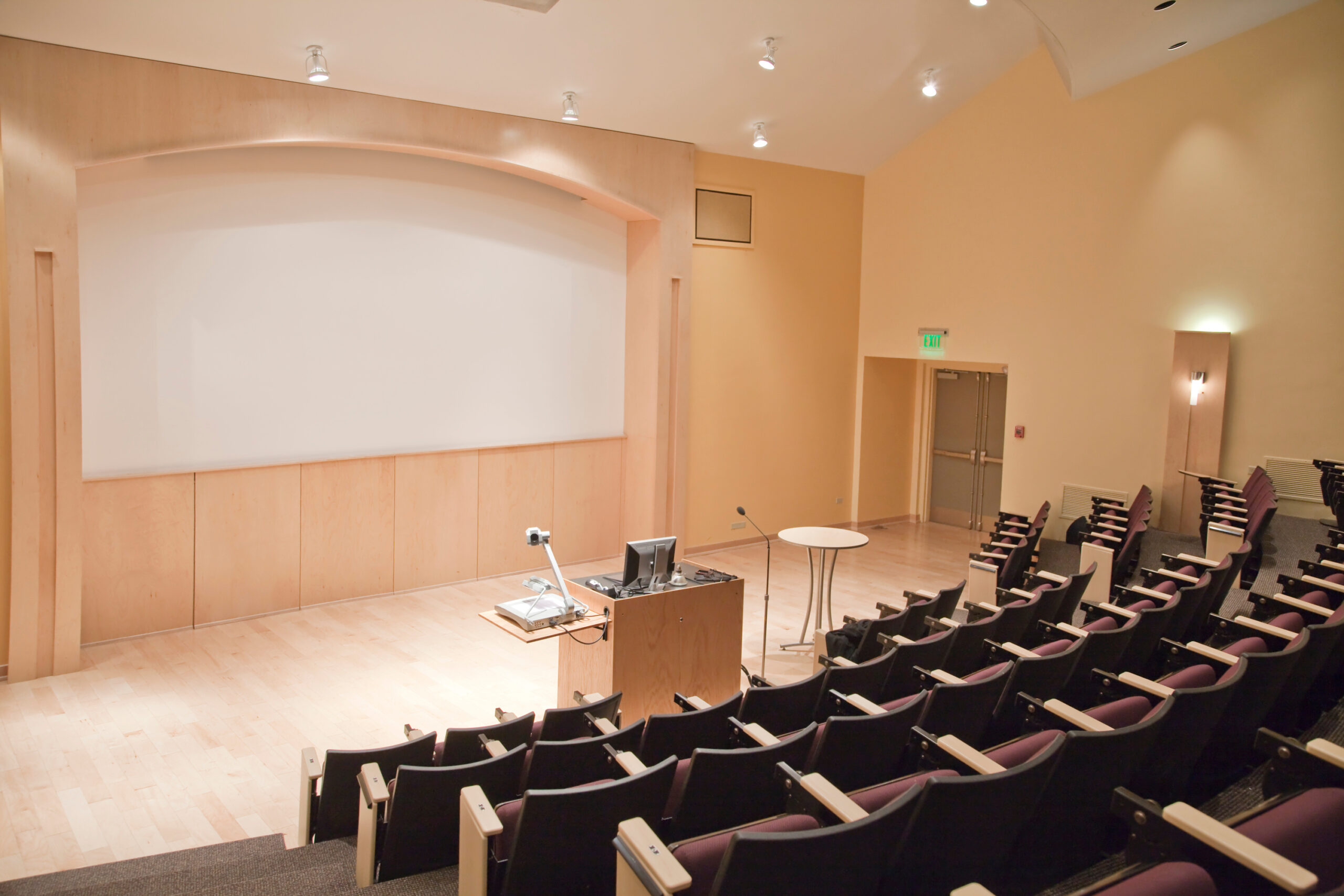
In the world of church visuals, LED walls have become a game-changer, providing vibrant backdrops and clear messaging to congregations. As many churches have shifted from projectors to monitors and now to LED walls, understanding the nuances of this technology is crucial for making an informed decision.
The Evolution of Church Visuals
From Projectors to LED Walls
Churches have long embraced video technology to enhance worship experiences. Initially, projectors were the go-to solution for video and graphics. Small, easy to install, and relatively cheap, these devices were all the rage. But as their bulbs started to dim and the ambient light began to wash the image out, the transition to monitors began.
What started as a set of TV’s quickly evolved into churches seeking larger, more seamless displays, ushering us in to where we are now: the era of the LED wall. Also known as direct-view boards, these LED panels snap together seamlessly to create a vibrant, bright and colorful image.
Is your church interested in exploring your options? Here’s what you need to consider.
Key Considerations for Your Church’s LED Wall
Size and Brightness to Match Your Space
When contemplating an LED wall for a church, size and brightness are both considerations. Traditional projectors can’t compete with the brightness and expansive size of LED walls. Contemporary church spaces often feature LED backdrops as wide as the stage, with some extending up to 40 feet. The unmatched brightness of direct-view LED is particularly beneficial for well-lit environments.
Understanding Dot Pitch and Resolution
Dot pitch is a term you’ll frequently encounter when selecting an LED wall. It refers to the distance between each pixel, with a higher dot pitch meaning lower resolution and detail. For text and graphics, a tighter dot pitch is necessary to ensure clarity, while video content is less reliant on this specification.
Choosing the right dot pitch for your environment takes knowledge and experience. Too large a dot pitch, and you get a poor experience. Too tight, and you overpay. Let us evaluate your space and go through the options with you.
The Platts Advantage: Expertise in LED Installation
Navigating the Technical Landscape
Choosing an LED wall for your church also means considering content delivery. Do you want a full-screen image or a multi-windowed display? Processing power is another aspect—if you’re aiming for a single image, the requirements are less stringent, but for complex setups, you might need more robust systems. Aspect ratio is also crucial; you’ll want to ensure your graphics fit the screen seamlessly. Install a board that isn’t a typical aspect ratio (like 16:9 for widescreen video), and you can anticipate some serious graphic design work.
DIY Pitfalls: The Complexity Behind Installation
The reality of installing an LED wall is that it requires expertise. Typical box sales might cater to portable applications with large dot pitches, but they often lack the proper mounting solutions and can pose significant installation challenges. The sensitivity of LED panels means that without experience, the risk of damaging these panels is high. By working with a professional AVL installer, like the Platts Company, you also get the benefit of comprehensive training so that you never have to worry about your equipment working on Sundays.
The Platts Difference: A Comprehensive Approach
What sets Platts apart is our comprehensive approach. We include spare LED wall panels with every purchase, anticipating the needs that might arise from installation challenges. Our experience with numerous installations in churches means we understand the importance of getting it right the first time. We’re not just selling a product; we’re providing a service that ensures your investment is protected and your congregation’s experience is enhanced.
Selecting the right LED wall for your church involves assessing several factors, from the ambient light conditions to the desired resolution and content delivery needs. With Platts Company, you’re not just purchasing an LED wall; you’re gaining a partner with the expertise to ensure your church’s visual experience is transformative. Schedule your FREE consultation with the Platts Company today to take the first step toward a new LED wall for your church.


